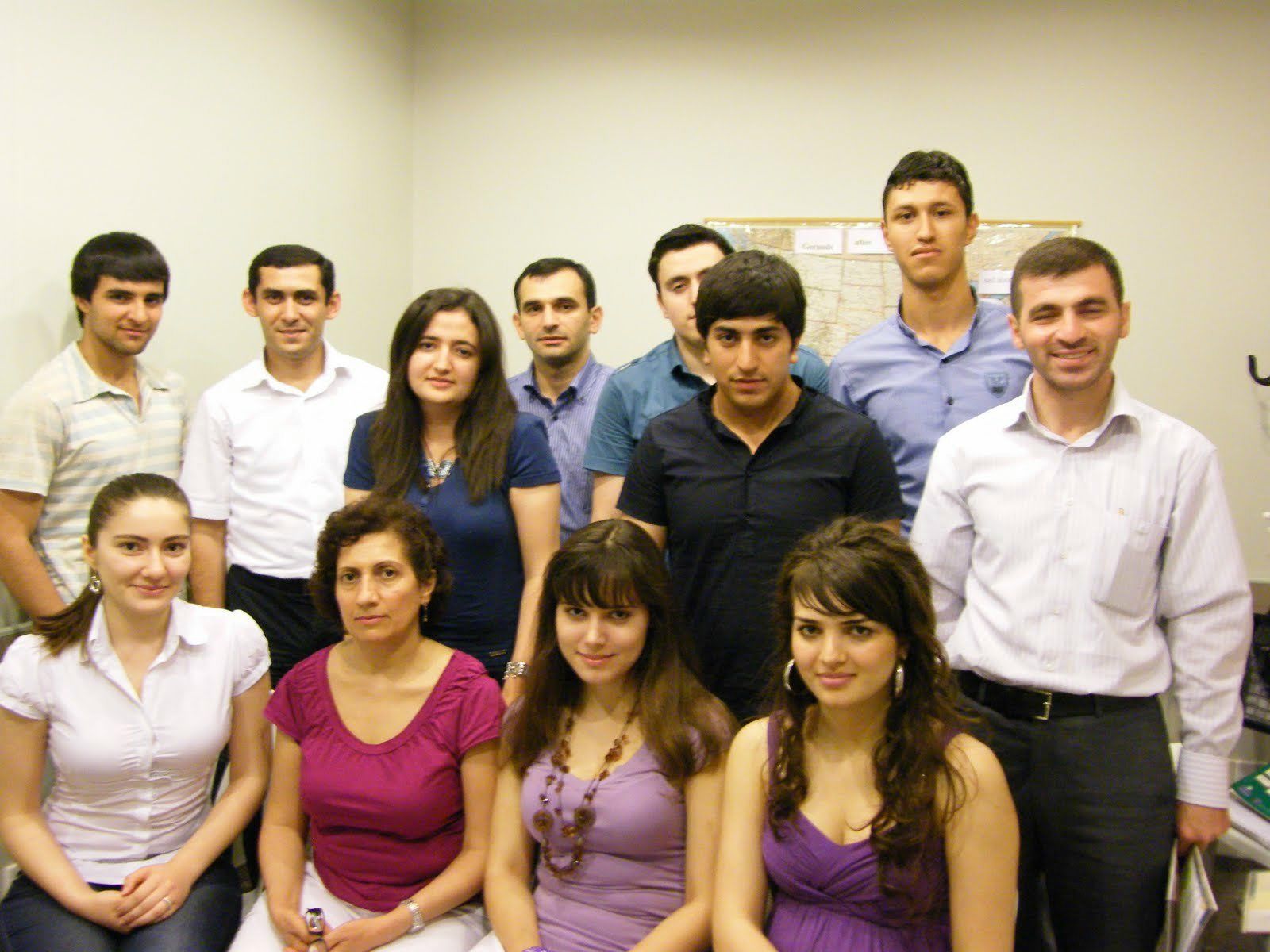 General
General
Creating Your First Trading Bot with Python
When I first stepped into the thrilling world of trading, I quickly recognized a desire to automate some of my processes. I often heard the buzz surrounding trading bots, but I felt somewhat daunted by the idea. What if I told you that developing a straightforward trading bot in Python isn’t nearly as intimidating as it seems? A few months back, I took the plunge, and it turned out to be one of the most rewarding choices I’ve made in my coding journey! To learn more about the topic, we recommend visiting this external website we’ve chosen for you. 外匯交易, investigate fresh perspectives and supplementary data to deepen your knowledge of the topic.
After wading through countless online resources and tutorials, I found that Python is remarkably beginner-friendly. The vast array of libraries and the supportive community made the learning curve feel less steep. My first task was to set up my development environment. I installed Python and familiarized myself with my code editor—Visual Studio Code, in my case. It was all about taking small, manageable steps, which ultimately led to a significant leap in my trading prowess.
Understanding the Basics
Before plunging into the coding details, I knew it was essential to grasp the fundamentals of trading and how bots interact with market data. To my surprise, I discovered that trading is as much about understanding psychology as it is about crunching numbers. Many traders battle their emotions, and that’s precisely where a bot can shine. Unlike humans, it operates on algorithms, steering clear of impulsive decisions stemming from fear or greed.
Additionally, I made it a priority to learn about APIs (Application Programming Interfaces) that facilitate my bot’s communication with trading platforms. I began with some simple examples using the Alpaca API, given their attractive offer of commission-free trading and a robust demo environment for practice. The initial learning curve was demanding, but with determination, I began to feel more at ease with the concepts.
Building the Trading Bot
With a newfound confidence, I set out to build my bot. I reminded myself that it didn’t need to be elaborate—just functional. The bot’s main role was to analyze market data and make buy or sell decisions based on a straightforward strategy I’d outlined.
This stage of the journey was equal parts excitement and frustration. There were moments when bugs emerged out of nowhere, yet tackling each one offered a sense of accomplishment. Each successful test felt like a mini-celebration!
Testing and Refining the Bot
Once the initial version of my trading bot was buzzing along, it was time for some testing. I engaged in paper trading—simulated trading without risking real money—to examine its performance across diverse market conditions. Watching my bot execute trades in real-time, albeit in a simulated environment, was nothing short of exhilarating. Each trade taught me valuable lessons. Occasionally, it revealed the limitations of my strategy, prompting necessary refinements to enhance its robustness.
This phase of my journey deepened my appreciation for the iterative nature of programming. I became adept at gathering feedback, scrutinizing trade performance, and making adjustments. It turned into a continuous loop of testing, learning, and fine-tuning. I even began maintaining a journal to document the changes I made and the insights I gained from each step.
Learning and Growing Along the Way
Reflecting on my experience, I feel grateful for the perseverance I cultivated. Building a trading bot not only sharpened my Python skills but also expanded my understanding of trading strategies and risk management. I ventured beyond coding, delving into various trading methodologies and engaging with online communities. Sharing experiences with others has been enlightening, reaffirming that learning extends well beyond writing your first line of code. Rather, it opens doors to continual growth. Uncover additional pertinent details on the subject by exploring this thoughtfully curated external source. Click On this page, supplementary data provided.
The joy of creating your own trading bot lies in its evolution alongside you. Each iteration integrates new knowledge, tools, and strategies. I am genuinely excited about where this journey may lead me next, but it’s essential to remember that it’s not solely about the profits; it’s about the enriching learning experience along the way. To me, that is the essence of making this journey meaningful in the captivating world of trading.
If you’d like to get more information related to this topic, explore the external links we’ve selected. Enjoy:







































